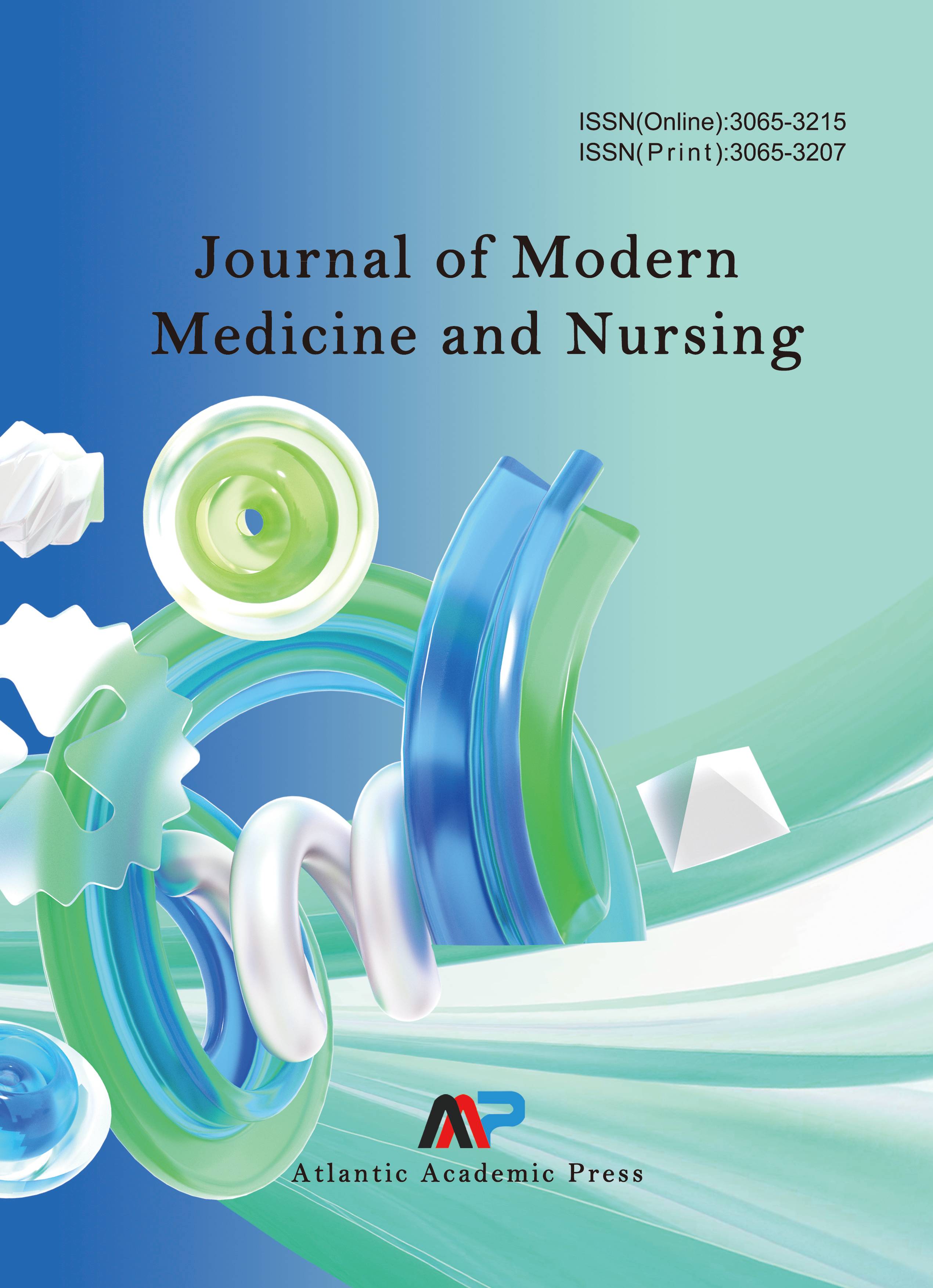Transmission Routes and Prevention Strategies of Multidrug-Resistant Organism Infections in Hospitals
DOI:
https://doi.org/10.70767/jmmn.v1i2.282Abstract
With the spread of multidrug-resistant organisms (MDROs) in hospitals, infection control faces significant challenges. MDROs refer to microorganisms resistant to three or more antimicrobial agents, commonly including methicillin-resistant Staphylococcus aureus (MRSA), vancomycin-resistant enterococci (VRE), and extended-spectrum β-lactamase-producing bacteria (ESBL). These resistant organisms primarily transmit through direct contact, indirect contact, and airborne routes within hospitals. Effective prevention and control of these infections require a comprehensive approach, including strict hand hygiene and personal protection, implementation of infection control standards, environmental cleaning and disinfection, management of medical device sterilization, and rational use of antimicrobial agents along with resistance monitoring. This paper summarizes the transmission routes and prevention strategies for MDRO infections, providing references for hospital management and clinical practice. Future research should focus on optimizing prevention measures and resistance monitoring to address the changing patterns of resistant organisms and enhance infection control effectiveness.
Downloads
Published
Issue
Section
License
Copyright (c) 2024 Journal of Modern Medicine and Nursing

This work is licensed under a Creative Commons Attribution-NonCommercial 4.0 International License.




